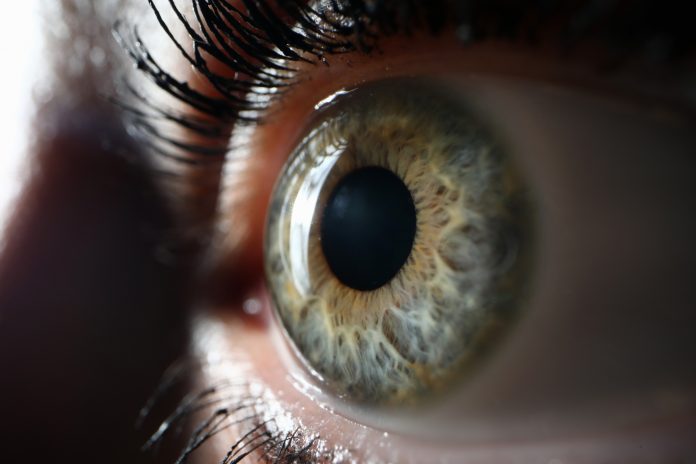
Researchers based at the University of Houston have developed a small wearable sensor that is able to collect accurate measurements of eye movements for prediction of neurological disorders.
Writing in the journal Advanced Healthcare Materials, the researchers argue that their technology has advantages over other technologies for monitoring eye movements as it is small, non-invasive, inexpensive and can monitor eye movements continuously over time.
“Many brain-related diseases and abnormalities are manifested by ocular symptoms which, in many cases even precede the other symptoms, and are hence used for the conventional alternative diagnosis of such disorders,” explained lead author Jae-Hyun Ryou, PhD, an associate professor at the University of Houston, and colleagues.
These symptoms include patterns of blinking, which can be used to predict risk of developing neurological conditions such as stroke, multiple sclerosis, Parkinson’s disease and Alzheimer’s disease.
There are other eye tracking systems available, most of which are based on computer vision. These can be desktop mounted, glasses-imbedded, and in-vehicle systems, but are often bulky and expensive. They also need computer programs for data processing.
More portable eye imaging options to check for signs of neurological disease include use of smartphone cameras and associated applications, but this is not a continuous monitoring option.
As described in the current study, Ryou and colleagues have designed a small, flexible piezoelectric eye movement sensor array, F-PEMSA, that can be easily attached to the skin next to the eye.
The sensor consists of three sections known as transducers and is able to detect small muscle movements that occur when a person moves their eyes or blinks. The three subsections of the sensor allow more sophisticated movement detection and can detect directionality of eye movements.
The prototype was tested and was able to detect the duration and direction of a range of different eye movements including rotation of the eye in different directions. Further testing would be needed for wider use, but it appeared to be durable, comfortable, and safe to use.
“We believe that the F-PEMSA can be employed in many clinical studies concerning brain disorder conditions such as ADHD, autism, Alzheimer’s disease and Parkinson’s disease as well as the aftermath of traumatic brain injuries like post-concussion syndrome and post-traumatic stress disorder, potentially offering the prospect of early and accurate diagnoses and the development of personalized therapies,” concluded Ryou, in a press statement.











